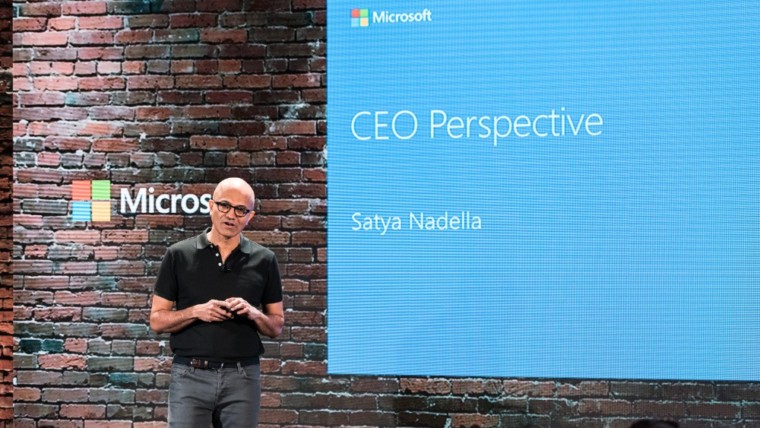During his time at the helm of Apple, Steve Jobs hosted three-day management meetings in secret locations for 100 of Apple’s most influential employees. Part elaborate retreat, part strategy development session, an invitation to a Top 100 meeting was a career milestone for attendees. Of course, security was incredibly tight at these events, but here’s a brief glimpse at their purpose and format:
- These meetings created company-wide buzz. Apple VPs and influencers waited with anticipation to find out if they made the guest list each year. Being in the Top 100 signified a close connection to the Apple legacy.
- Jobs invited his most valued partners. Only Apple’s chief lieutenants made the cut. It’s been said that these were the people Jobs would have brought with him if he needed to start his company all over again. This type of recognition is a key component of leadership team development at Apple.
- It started with a personal kickoff. After traveling to an undisclosed location, Jobs began the meetings by personally addressing the group. From there, attendees would participate in a variety of curated sessions on all things Apple.
- It included a big reveal. Top 100 attendees had access to Apple’s top-secret initiatives (imagine having a front-row seat to the first unveiling of the iPod). But this event wasn’t just about showcasing innovation. For Jobs, it was also about engaging with the most important members of his team.
Published June 20, 2018








The Evolutionary Edge
Every Link Ever from Our Newsletter
Why Self-Organizing is So Hard
Welcome to the Era of the Empowered Employee
The Power of “What If?” and “Why Not?”
An Adaptive Approach to the Strategic Planning Process
Why Culture/Market Fit Is More Important than Product/Market Fit
Group Decision Making Model: How to Make Better Decisions as a Team